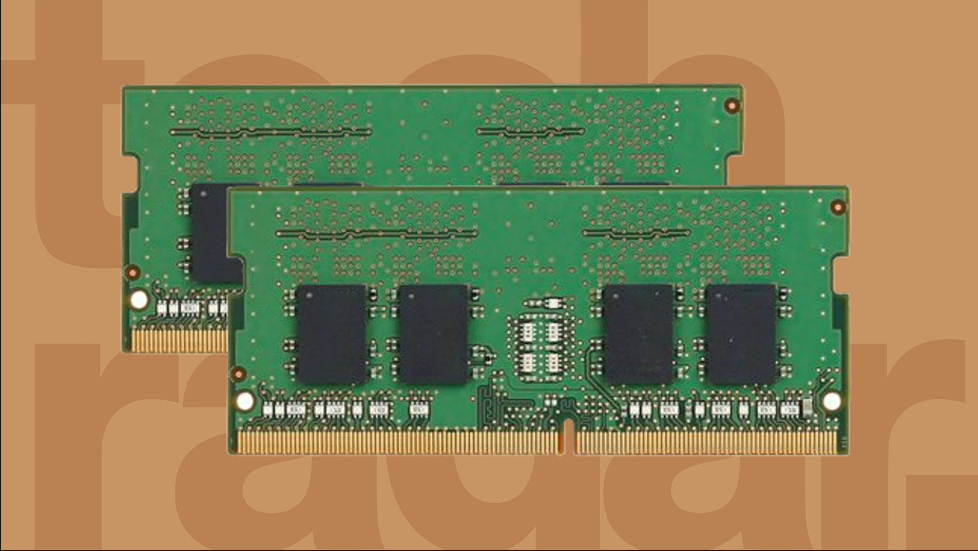You can now put 192GB DDR5 RAM in your laptop for a mere $570
Exclusive: There’s some good news, and some bad news, when it comes to ultra high capacity SODIMM

Mushkin has released three 96GB DDR5 SODIMM memory kits, however there’s only one place we’re aware of where one of the SKUs has gone on pre-order, and you’ll probably never guess where.
Head over to South Africa where Wootware is already taking orders for the MRA5S480FGGD48GX2 for 5,449 Rands (around $285) for 96GB (two 48GB Redline RAM modules).
That’s a significant discount off its recommended retail price of 6,599 Rands (about $340) but still a rather large premium on what you’d get from DDR4. For example, Amazon sells two 32GB memory modules for just under $98. That’s about $1.5/GB compared to $3/GB for the Mushkin parts.
Check out our in depth explainer about the differences between DDR4 and DDR5.
Up to 50% more RAM
The online retailer says that stock - rated CL40 and clocked at 4.8GHz - is due on May 23rd but we don’t know whether other retailers in the US (Newegg, Amazon). I couldn’t find any available SKUs (MRA5S520HHHD48GX2 and MRA5S560LKKD48GX2), both of which clocked higher (5,200 and 5,600MHz respectively), anywhere else online.
Corsair and Crucial are also expected to launch 24GB and 48GB DDR5 SODIMM later this year.
Other than being the first memory type to offer ECC (error correction code) by default, DDR5 is also the first to offer non-binary memory, delivering 24GB and 48GB on a single module to bridge the capacity gap between 16GB and 32GB and the latter and an elusive, yet-to-be launched 64GB capacity. That’s a 50% improvement on DDR4 and great news for any users that need large amounts of memory for demanding applications (video editing, photo editing, rendering etc).
Sign up to the TechRadar Pro newsletter to get all the top news, opinion, features and guidance your business needs to succeed!
What that means for laptop owners with upgradable memory slots is that ultra thin laptops can upgrade, in theory, to 48GB of DDR5 memory with traditional notebooks and mobile workstation laptops (and mini PCs with four free slots) being able to ramp all the way up to 96GB and 192GB of RAM respectively. Now we’re not talking about luggable type models like the Mediaworkstation a-X2P (which is essentially a transportable desktop workstation PC) but more of the current crop of laptops that can offer 128GB of RAM.
RAM and beyond
It’s worth noting that the official maximum memory capacity of any laptop is often just a theoretical limit, as manufacturers cannot test all existing (or indeed future) memory modules. Upgrading your RAM is the easiest way to speed up your laptop as, unlike, say swapping a hard drive to a SSD, it doesn’t require any disk cloning or OS migration.
As a general rule of thumb, the faster the memory, the better and the more memory slots a system has, the higher the memory bandwidth available. System memory has evolved over the years to provide more bandwidth, while consuming less power (which gave rise to low power DDR or LPDDR). HBM (high bandwidth memory) is another special type of memory that delivers very large bandwidth to feed CPU (Apple M2) or GPGPU (like the Nvidia H100).
The future of memory may well come from a relatively unknown company called Neo Technology that wants to bring 3D architecture to the currently 2D manufacturing process of RAM - similar to what happened with NAND via a technology called 3D X-DRAM.
- Via Notebookcheck

Désiré has been musing and writing about technology during a career spanning four decades. He dabbled in website builders and web hosting when DHTML and frames were in vogue and started narrating about the impact of technology on society just before the start of the Y2K hysteria at the turn of the last millennium.